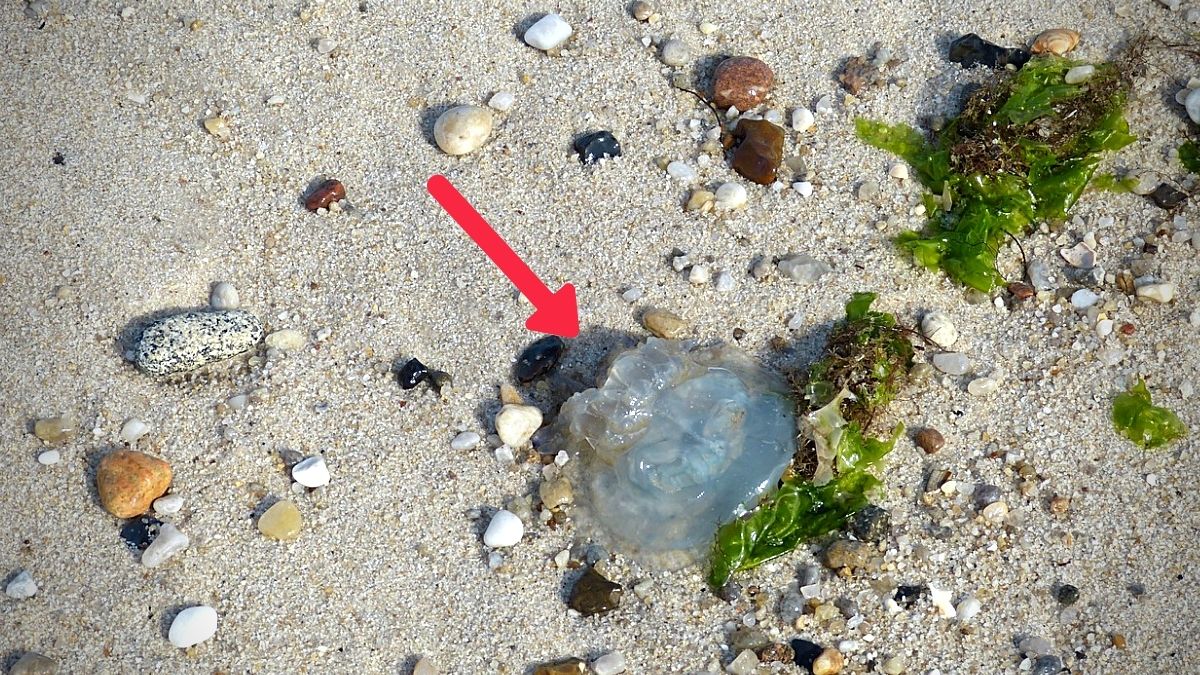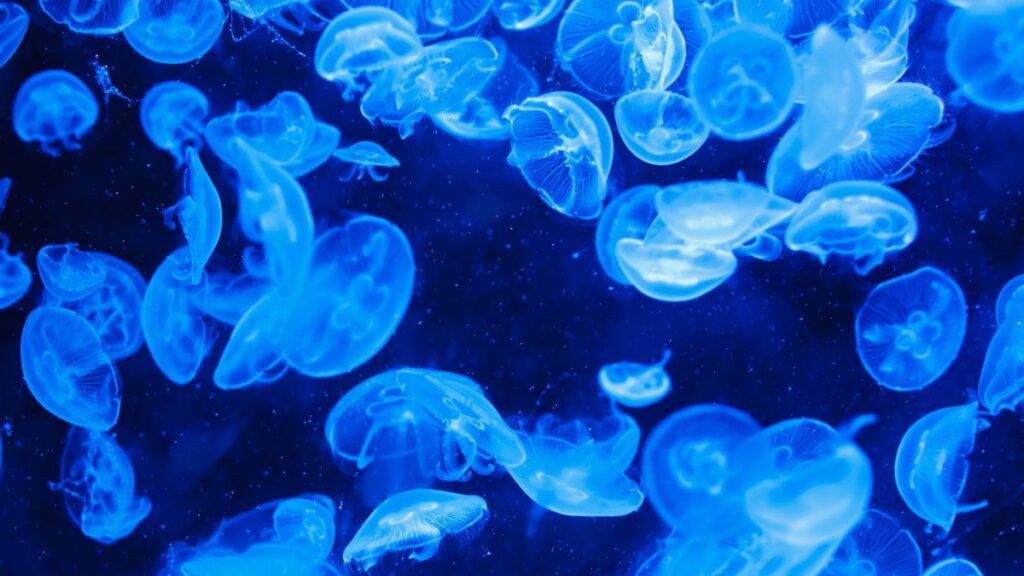News
Jellyfish alert at Mont Choisy and Trou-aux-Biches

The National Coast Guard has, this Sunday 06 November, issued a strong warning on the presence of jellyfish in lagoons up in the north, particularly at the Mont Choisy and Trou-aux-Biches.
Jellyfish can range from about one centimeter to 40 centimetres (0.4 to 15 inches) in size, but some can be much larger.
Jellyfish stings vary greatly in severity. Most often they result in immediate pain and red, irritated marks on the skin. Some jellyfish stings may cause more whole-body (systemic) illness. And in rare cases jellyfish stings are life-threatening.
Common signs and symptoms of jellyfish stings include:
- Burning, prickling, stinging pain
- Red, brown or purplish tracks on the skin — a “print” of the tentacles’ contact with your skin
- Itching
- Swelling
- Throbbing pain that radiates up a leg or an arm

Severe jellyfish stings can affect multiple body systems. These reactions may appear rapidly or several hours after the stings. Signs and symptoms of severe jellyfish stings include:
- Stomach pain, nausea and vomiting
- Headache
- Muscle pain or spasms
- Weakness, drowsiness, fainting and confusion
- Difficulty breathing
- Heart problems
Seek emergency treatment if you have severe symptoms.









